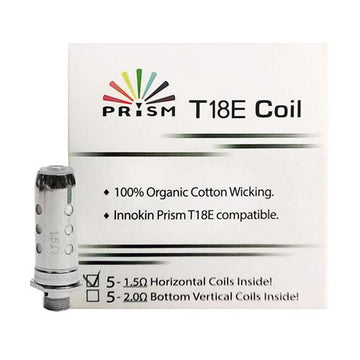Reducing nicotine strength with an e-cigarette is a common goal for vapers looking to eventually quit nicotine or simply lower their intake. The process can be gradual, personalized, and easily managed with the right approach. Here’s a guide to the best ways to reduce nicotine strength effectively using an e-cigarette.
- Set Clear Goals and Plan Your Reduction Timeline
Before making any changes, decide on your end goal. Are you looking to quit nicotine altogether, or simply reduce your dependence? Having a clear vision can keep you motivated, especially during challenging periods.
Consider creating a timeline with gradual steps. For instance, if you’re starting at 12 mg/ml of nicotine, set monthly goals to decrease by 2 mg/ml or 3 mg/ml. This methodical approach helps ease the transition without causing sudden withdrawal symptoms.
- Choose the Right E-Liquid and Nicotine Levels
E-liquids come in various nicotine strengths, typically ranging from 0 mg/ml to 20 mg/ml. Finding the right starting strength for your needs is crucial, so choose something that meets your current level of dependence. Most users find a comfortable range, from which they can then work downwards by gradually selecting lower nicotine levels in their e-liquids.
When reducing strength, switch to e-liquids in slightly lower increments (e.g., moving from 12 mg/ml to 9 mg/ml). This allows your body to adapt without overwhelming cravings.
- Practice Gradual Dilution with DIY E-Liquids
If you enjoy mixing your own e-liquids, gradually diluting your favourite e-liquid with a nicotine-free base (like vegetable glycerin or propylene glycol) is a convenient way to cut back on nicotine. You can start by mixing a small percentage of nicotine-free liquid with your usual e-liquid and then increase the ratio over time.
For example, if you’re using a 12 mg/ml e-liquid, you can add 10% of nicotine-free liquid to start and increase the percentage as you feel comfortable. This approach gives you full control over the rate at which you reduce your nicotine levels.
- Switch to Lower-Power Devices and Increase Puff Frequency Slowly
High-power vaping devices tend to produce more vapor, which can deliver more nicotine per puff. By switching to a lower-power device or a device with adjustable wattage, you can reduce the amount of nicotine you’re inhaling without necessarily cutting down on e-liquid strength right away. This gradual reduction can also help you become accustomed to lower nicotine levels without feeling deprived.
After switching to a lower-power device, you may need to increase your puff frequency initially, but as you adjust to the lower nicotine levels, aim to reduce your puff frequency as well.
- Experiment with Nicotine Salt Alternatives
Nicotine salts, often found in higher-strength e-liquids, tend to provide a smoother throat hit, which can make lowering nicotine levels easier. However, if you’re looking to reduce your intake, switching to freebase nicotine with a lower nicotine level can help curb cravings without the smooth intensity of salts.
Freebase nicotine typically has a stronger throat hit at the same level compared to salts, which can make low-nicotine options feel more satisfying, even as you cut down.
- Adjust Your Vaping Habit with Mindful Techniques
Mindfulness techniques, like taking slower, controlled puffs and putting the e-cigarette down between puffs, can help reduce the urge to vape constantly. By gradually spacing out your vaping sessions, you can lessen your dependence on the e-cigarette, making it easier to cut down on nicotine over time.
- Keep a Journal to Track Your Progress
Tracking your progress not only gives you a sense of accomplishment but also helps you identify any challenging periods. Note your current nicotine level, the frequency of your vaping sessions, and any cravings you experience as you reduce nicotine strength. This can help you make adjustments as needed or identify triggers that may make it harder to reduce nicotine.
- Be Patient and Ready to Adjust
Nicotine reduction is a personal journey that may require adjustments along the way. If you experience strong cravings or withdrawal symptoms, consider pausing on your current level for an extra week or two. Taking your time can ensure that each step is manageable and reduces the likelihood of setbacks.
In Summary:
Reducing nicotine strength with an e-cigarette requires planning, gradual steps, and self-awareness. By setting clear goals, practicing gradual dilution, choosing the right devices, and tracking your journey, you can reduce your nicotine levels without the discomfort of abrupt change. Remember, every reduction is a win, and the key to success lies in patience and consistency.




















